Unveiling the Secrets: A Guide to Identifying Strong or Weak Pearl Luster

Pearl luster is crucial to evaluating a pearl's quality and beauty.
It refers to the intensity, depth, and reflection of light on the pearl's surface, resulting in a mesmerizing glow and radiant sheen.
Understanding the characteristics distinguishing strong or weak pearl luster is essential for enthusiasts and professionals.
This guide thoroughly explores the factors contributing to the pearl’s luster, such as the pearl's nacre quality, thickness, and surface condition.
Drawing upon expert insights and industry knowledge, we offer practical tips and visual aids to assist you in discerning and appreciating the varying degrees of luster in pearls.

Whether you are a curious pearl enthusiast, a discerning buyer, or a gemologist seeking to enhance your expertise, "Unveiling the Secrets" promises to be your trusted companion in unraveling the enigma of pearl luster.
Let us embark on this illuminating journey together and discover the hidden splendor of pearls.
Understanding Pearl Luster
Pearl luster, a term commonly used in the world of pearls, refers to the captivating quality of light reflection and refraction on the surface of a pearl.
It is a crucial characteristic that greatly influences a pearl's overall beauty and value.
Pearls with smooth and clean surfaces exhibit a more substantial luster than those with blemishes or irregularities.
Minor imperfections can hinder the light's reflection, weakening luster.

Another important factor is the thickness of the nacre, the organic substance secreted by mollusks that forms the pearl's layers.
Thicker nacre generally produces a more desirable and radiant luster, allowing for better light penetration and reflection.
The reflection and refraction of light also play a significant role in pearl luster.
When light enters the layers of the nacre, it interacts with the organic and crystalline structures, creating a mesmerizing interplay of brilliance, depth, and radiance.
Understanding these factors and their impact on pearl luster is crucial for buyers and enthusiasts.
One can make informed decisions when selecting and appreciating pearls by evaluating the surface quality, nacre thickness, and light dynamics.
Recognizing Strong Pearl Luster
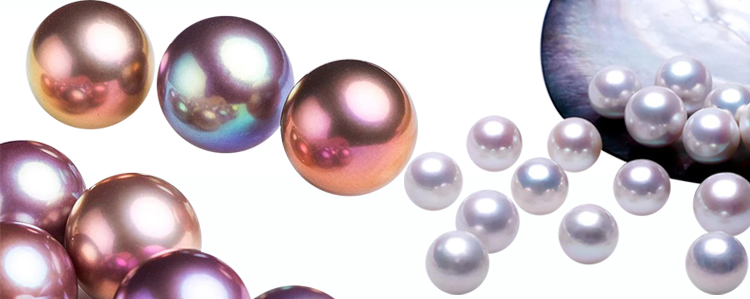
Stronger is a hallmark of exceptional quality and beauty in pearls.
Understanding the key characteristics of strong pearl luster can help you identify and appreciate these exquisite gems.
Brightness and brilliance are primary indicators of strong luster.
A pearl with strong luster will exhibit a captivating radiance, catching and reflecting light with a captivating glow.
The overall brilliance should be noticeable and vibrant.
Sharp, well-defined reflections are another characteristic of strong luster.
As light interacts with the layers of the nacre, it should create clear and distinct reflections, forming a dazzling play of light across the pearl's surface.
These reflections indicate a high level of light refraction and a superior luster.
A pearl with a strong luster will possess a mirror-like shine.
The surface should be smooth and highly reflective, allowing light to bounce off and create a captivating sheen.
This mirror-like quality adds to the pearl's allure and elegance.
Depth and dimension are also important aspects of strong pearl luster.
A pearl with strong luster will have a sense of depth and richness, with layers of light reflecting from within, giving it a three-dimensional appearance.
Evaluating Weak Pearl Luster
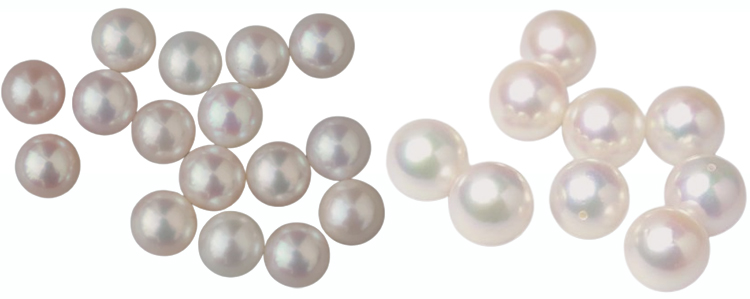
Identifying weak pearl luster is essential for assessing the quality and value of pearls.
Several indicators can help identify pearls with lackluster luster.
Dullness and a lack of shine are common signs of the pearl's surface failing to radiate a captivating glow.
Faint or blurry reflections, rather crisp and clear, are additional clues of weak luster.
Pearls may appear flat, lacking the characteristic depth and dimension that define their allure.
Evaluating these indicators enables enthusiasts and buyers to make informed decisions, recognizing pearls that may not possess the desired luster and overall visual impact.
Understanding these traits is crucial in selecting pearls of superior quality.
Visual Inspection Techniques for Assessing Pearl Luster
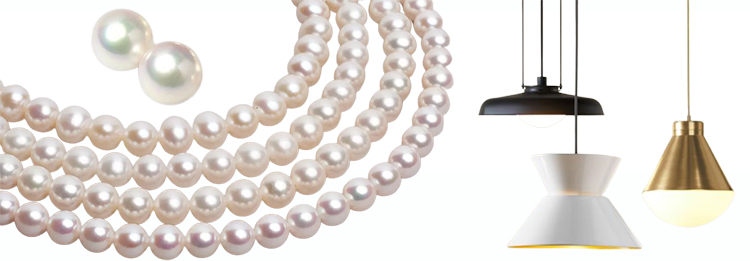
When examining pearl lustre, various lighting conditions can reveal different facets of their radiance.
Natural daylight is often the best option, accurately representing luster.
It showcases the pearl's brilliance, radiance, and subtle hues.
Incandescent lighting enhances warm tones, while fluorescent lighting emphasizes cool tones.
Furthermore, considering angles and perspectives is vital in accurately assessing luster.
Observing pearls from different angles allows the light to interact with the surface in distinct ways, unveiling hidden shimmer and reflections.
One can gauge its luster variations and depth by rotating and tilting the pearl.
By utilising a range of lighting sources and exploring diverse angles, visual inspection techniques empower buyers and enthusiasts to make informed decisions about pearl luster, appreciating the enchanting allure that pearls possess.
Assessing Surface Quality
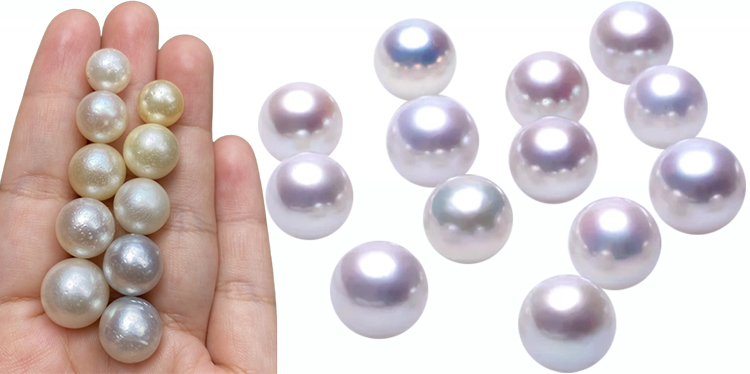
The surface quality is crucial in determining its lustre. When evaluating the pearl's overall beauty and value, is crucial.
Surface imperfections can significantly affect the pearl's ability to reflect and refract light, thus diminishing its luster.
Identifying surface imperfections is vital in assessing surface quality.
Spots, pits, or rough patches can hinder the smooth reflection of light, resulting in a weaker luster.
Scratches can disrupt light refraction, further diminishing the pearl's luminosity. Irregularities, such as uneven texture or dimples, interrupt light flow across the pearl's surface.
It is important to note that surface quality directly influences the perception of lustre.
Pearls with pristine surfaces tend to exhibit a firmer and more radiant luster, while those with noticeable imperfections may have a weaker luster.
Therefore, examining and considering the surface quality is paramount when assessing pearl lustre.
Analyzing Nacre Thickness
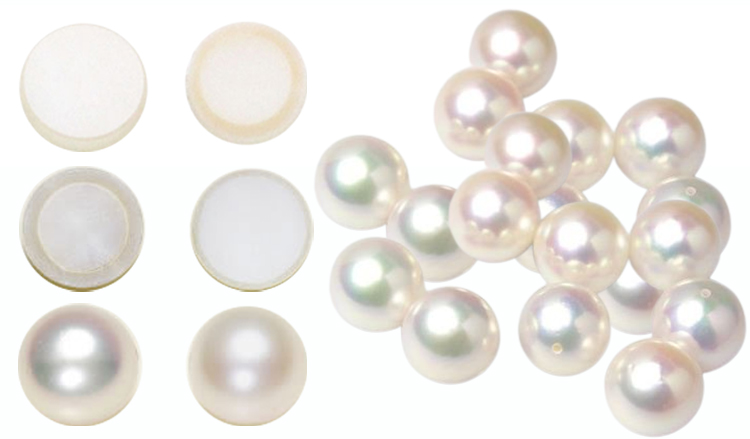
When assessing pearl lustre, understanding the relationship between nacre thickness and its impact is essential.
Nacre, the lustrous substance secreted by mollusks, forms the pearl's layers and greatly influences its luster.
Thin nacre tends to diminish lustre as it hinders light penetration and reflection.
Pearls with thin nacre may appear lackluster and dull, lacking the radiant glow associated with high-quality pearls.
On the other hand, thick nacre enhances lustre by allowing light to penetrate deeper into the layers and reflect off the surface.
Pearls with thick nacre exhibit a brilliant luster, exuding a captivating glow and enhancing their overall beauty.
The Influence of Light
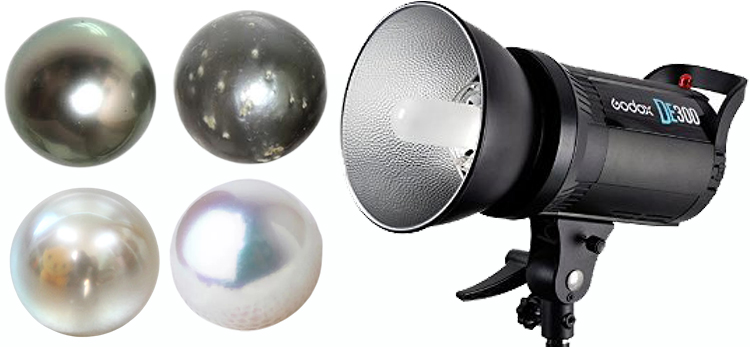
Light plays a pivotal role in enhancing the luster of pearls, creating a captivating interplay that adds to their allure.
Understanding the concepts of reflection and refraction helps unravel this phenomenon.
Reflection occurs when light bounces off the surface of a pearl, creating a mirror-like effect:
The smoother and more flawless the surface, the greater the reflection and the stronger the luster.
Conversely, refraction happens when light enters the layers of the nacre and bends, producing a vibrant play of colors and depth.
The interplay between light and luster can be identified through careful observation.
A pearl with an intense luster will reflect light evenly across its surface, creating a brilliant and radiant glow.
Moreover, the depth and radiance from light refraction add to the pearl's beauty, mesmerizing it.
Pearl Luster Grading Systems

Popular grading systems are widely employed to assess the luster of pearls, providing a standardized framework for evaluating their quality.
One commonly used system involves grading pearls on a scale of AAA, AA, and A. AAA represents pearls with the highest luster, displaying a brilliant and reflective surface.
At the same time, AA and A denote progressively lower luster levels.
Another system employs high, medium, and low luster to describe the pearl's reflective quality.
High-luster pearls possess a bright and vibrant sheen, while medium-luster pearls exhibit a moderate reflection.
Low-luster pearls have a subdued or faint shine.
Criteria used to assess luster in these grading systems primarily focus on the pearl's surface quality, nacre thickness, and the intensity and depth of light reflection.
Smooth surfaces, thicker nacre, and solid light reflection indicate higher luster grades.
Factors Affecting Pearl Luster Over Time
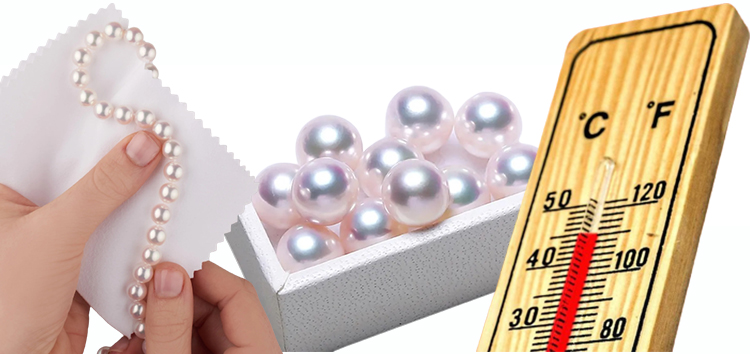
Environmental conditions can influence the luster of pearls. Humidity levels can affect pearls, as excessive moisture can lead to dullness or damage.
Extreme temperatures can cause the nacre to deteriorate.
Proper care and maintenance practices are essential to preserving the luster of pearls.
Regular cleaning is important, but it's crucial to use gentle methods and avoid harsh chemicals that could harm the pearls.
Additionally, appropriate storage is vital, as pearls should be protected from abrasive surfaces and stored separately to prevent scratching and friction damage.
By being mindful of these factors and adopting suitable care routines, one can ensure that the luster of pearls remains radiant and captivating for years to come.
Enhancing and Restoring Pearl Luster

There are various approaches you can consider.
Professional cleaning and polishing services are an excellent option, as experts can safely remove dirt, oils, and debris that may dull the luster, restoring its natural radiance.
For home maintenance, gentle care is key.
Avoid exposing pearls to harsh chemicals, perfumes, or excessive heat, as these can damage their luster.
Instead, use a soft cloth to clean them after each wear and store them in a separate pouch or box to prevent scratching.
If your pearls have suffered significant luster damage, seeking expert advice is advisable.
Pearl specialists can assess the condition of your pearls and provide appropriate restoration solutions, such as restringing or re-polishing.
Summary
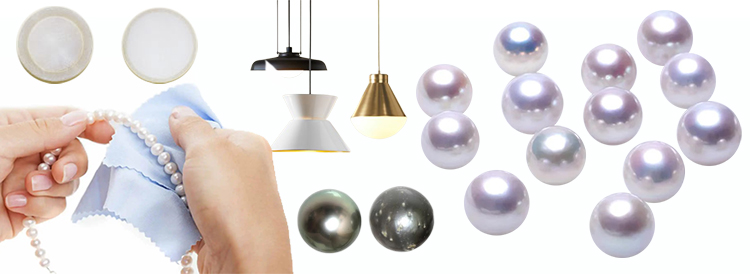
Identifying strong or weak pearl luster is essential for evaluating the quality and beauty of pearls.
Factors such as surface quality, nacre thickness, and the reflection and refraction of light greatly influence luster.
Proper care and maintenance, including professional cleaning and gentle home remedies, are crucial in preserving and enhancing luster.
Understanding these key points allows enthusiasts and buyers to make informed decisions when selecting and appreciating pearls, ensuring their long-lasting radiance and beauty.
Frequently Asked Questions (FAQs)
How does pearl luster contribute to a pearl's value?
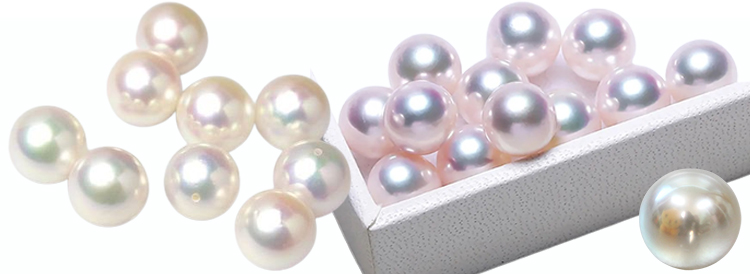
Pearl luster greatly impacts a pearl's value—the stronger and more radiant the luster, the higher the pearl's desirability and worth.
A pearl with exceptional luster exhibits a captivating glow and brilliance, making it more valuable in the market.
Can weak pearl luster be improved?
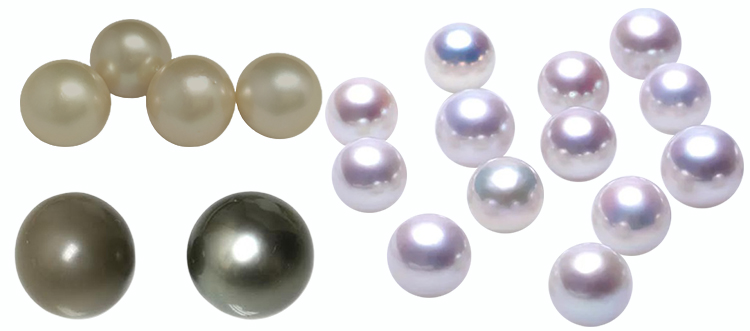
Yes, weak pearl luster can be improved. Professional cleaning and polishing services can help remove dirt and restore the pearl's natural radiance.
However, it's important to consult experts to determine the best approach for restoring luster without causing further damage.
Is luster the only factor to consider when purchasing pearls?
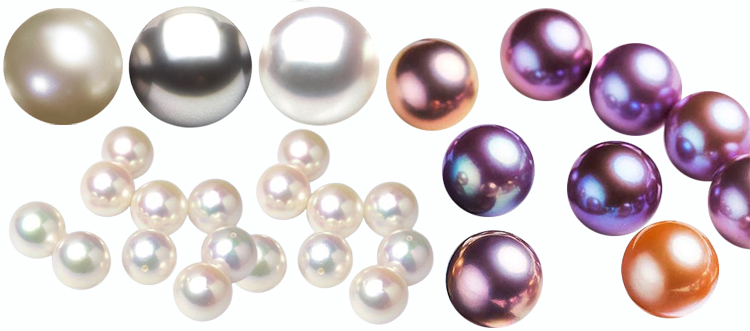
While luster is a significant factor, it is not the only one to consider when purchasing pearls.
Size, shape, color, surface quality, and symmetry contribute to a pearl's value and desirability.
Are freshwater pearls less lustrous than saltwater pearls?
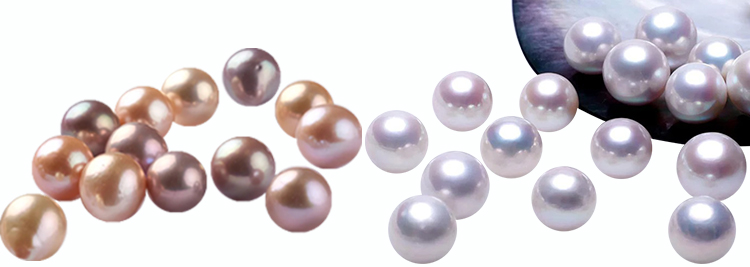
Freshwater pearls generally tend to have slightly less luster than saltwater pearls.
However, it's important to note that each type can have variations, and certain freshwater pearls can exhibit impressive luster depending on their quality and cultivation.
What are some common misconceptions about pearl luster?
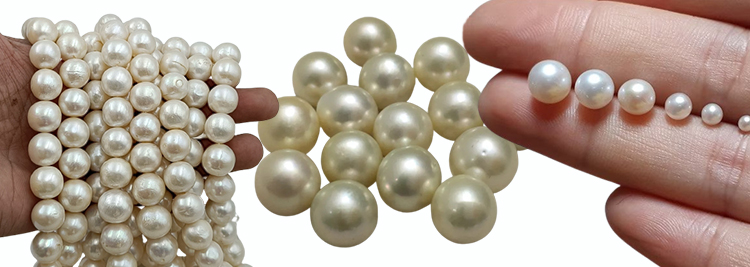
Common misconceptions about pearl luster include believing that larger pearls always have better luster, that only white pearls can have strong luster, and that surface blemishes always indicate weak luster.


Leave a Comment